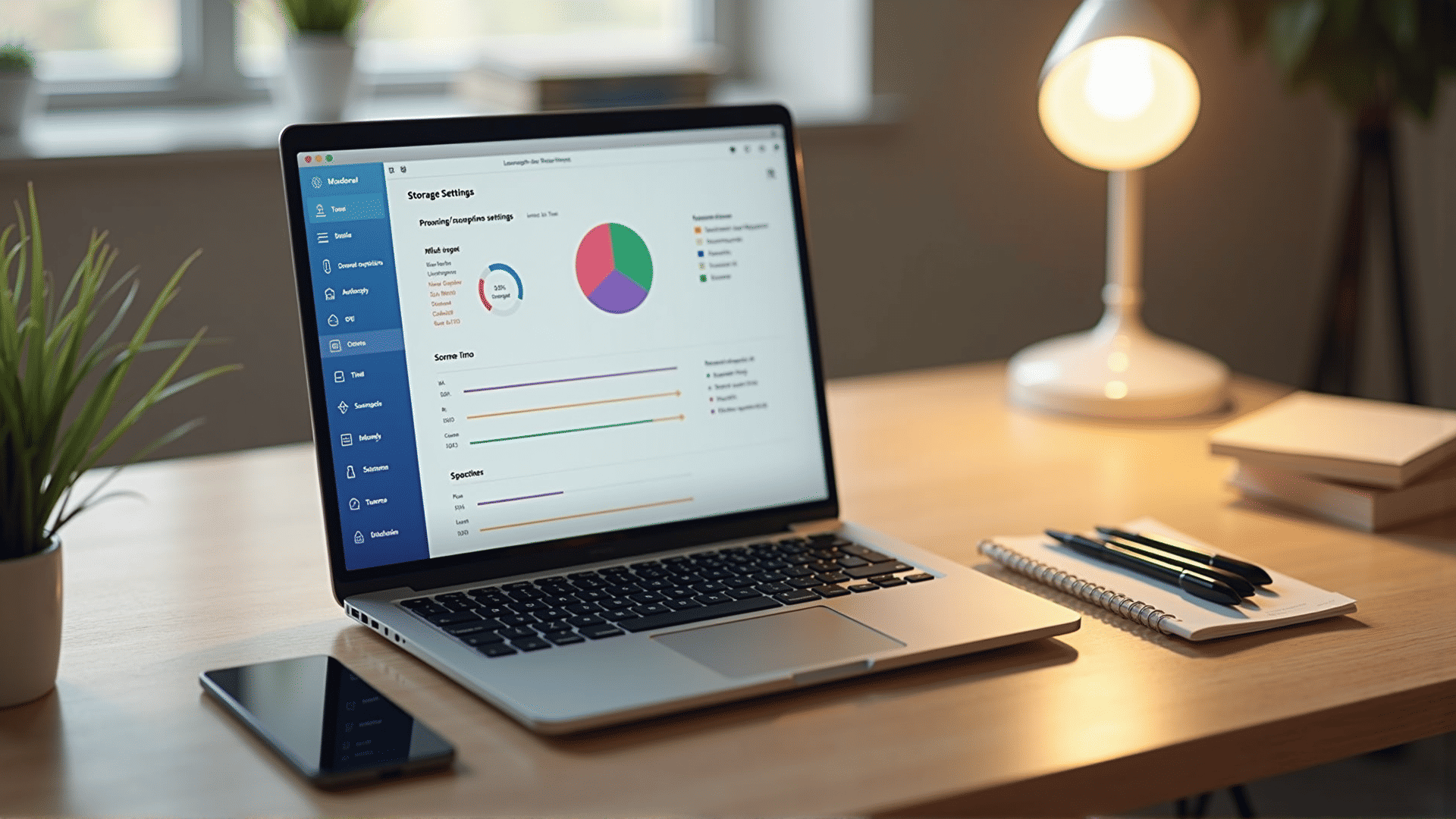To enhance your computer's performance, tweaking the system settings can make a significant difference. By optimizing storage usage, you can either reclaim precious space or ensure smooth operation. Here are some ways to achieve this without seeking external applications.
Disk Cleanup
Begin by clearing out unnecessary files using built-in tools. You can find options to eliminate temporary files, system cache, and other non-essential data. Regular cleaning can aid in maintaining adequate space and speed.
Disk Defragmentation
Over time, files become scattered across the storage, leading to slower access times. Using a tool to rearrange these segments can lead to faster file retrieval. This process is mainly beneficial for devices using traditional mechanical disks.
Storage Settings
Modern systems often include settings that automatically manage and organize storage. These features move files that haven't been accessed recently to cloud storage or suggest files for deletion based on usage patterns.
Manage Startup Programs
Review the programs that start automatically with your system. Having too many can slow down your device's boot-up and general performance. Disable those that are unnecessary for daily operations to speed up the startup sequence.
Virtual Memory Adjustments
Virtual memory allows the system to use a portion of the storage as additional RAM. Adjusting the virtual memory settings can optimize performance, especially if you're running multiple applications simultaneously. It's important to find a balance that meets your usage needs without excessively using storage space.
File Management Practices
Develop better habits when saving and organizing files. Regularly sorting and deleting unneeded files can prevent clutter. Consider creating separate folders for different types of files and archiving old projects to external storage to free up space.
Disable Visual Effects
While aesthetic enhancements make the interface appealing, they can consume resources. Reducing or disabling some visual effects might result in better performance, especially on older systems.
Power Settings
Configuring the power settings can also contribute to performance efficiency. Opt for a power plan that emphasizes performance, which can sometimes result in exciting trade-offs with energy consumption.
Monitor Updates
Ensure the system stays updated. Regularly checking for updates ensures you're equipped with the latest performance enhancements and security patches provided by your operating system provider.
By employing these strategies, you can significantly enhance system speed and stability without relying on external solutions. Remember to regularly review and tweak these settings as needed to experience persistent benefits.
